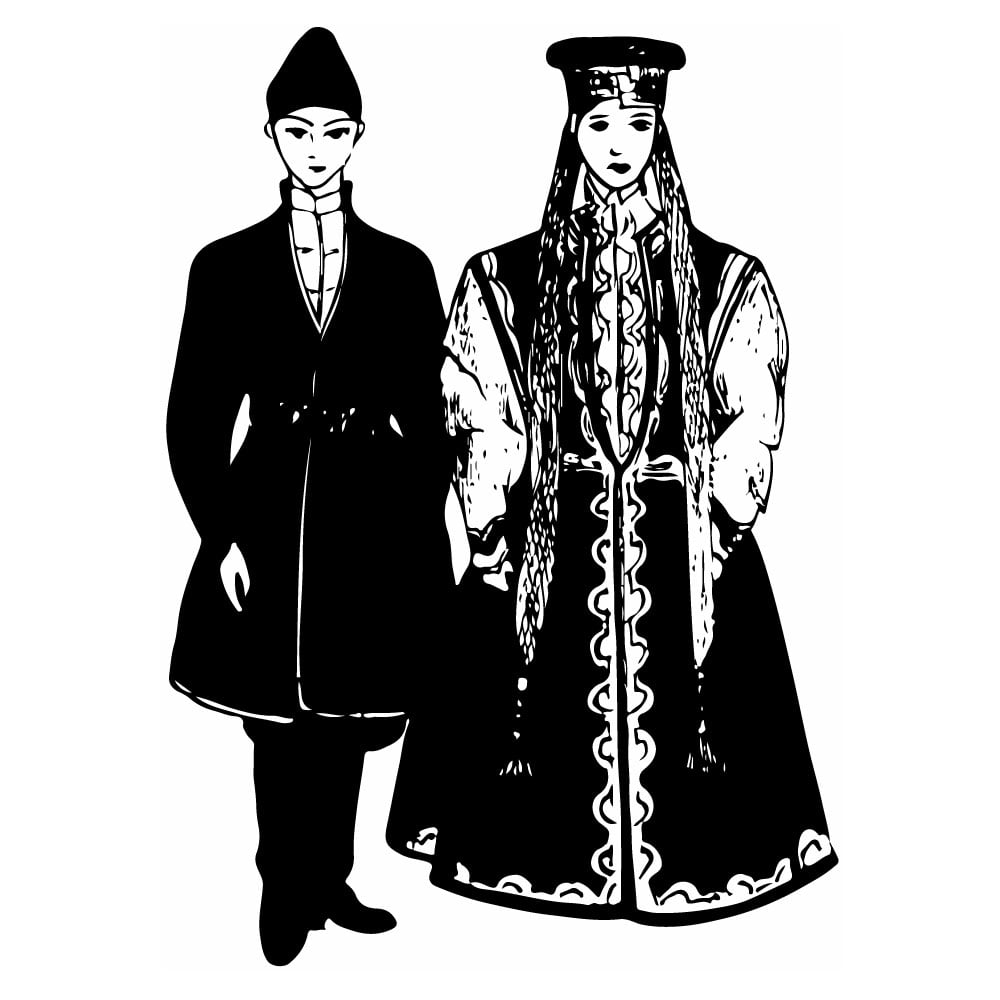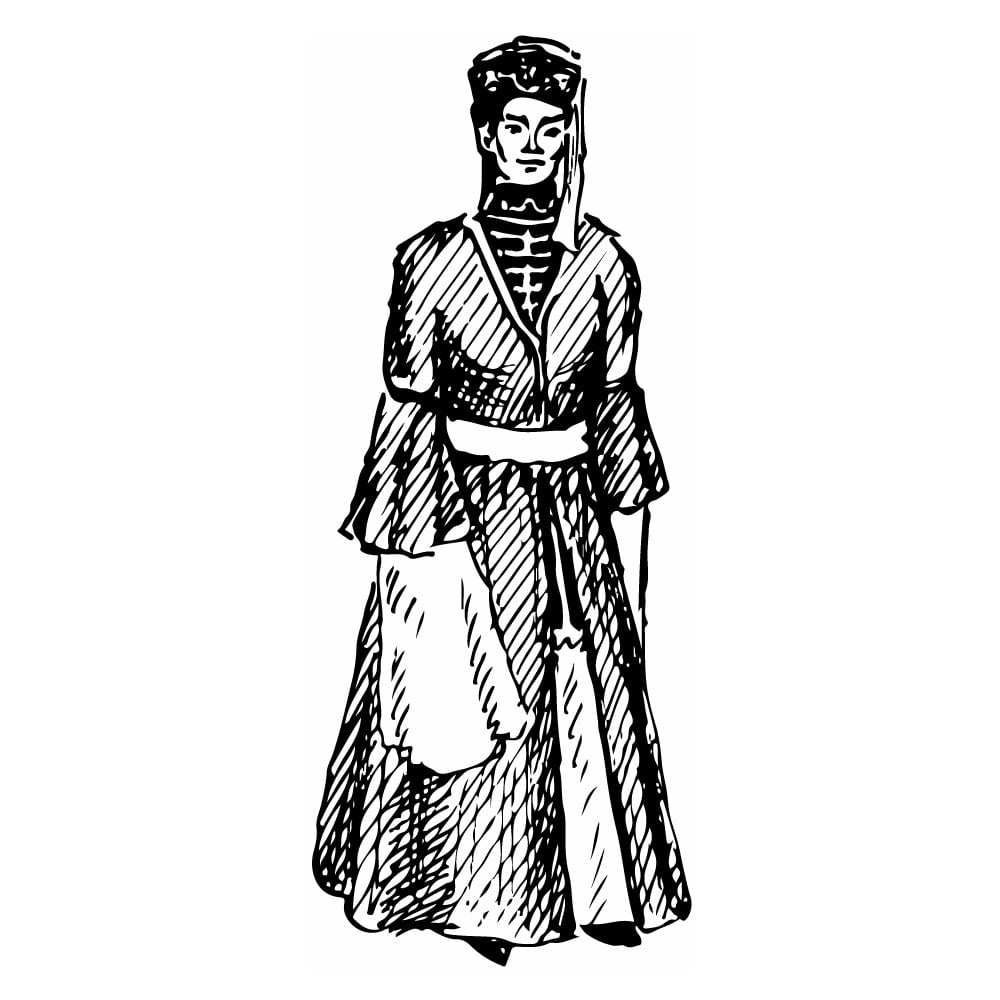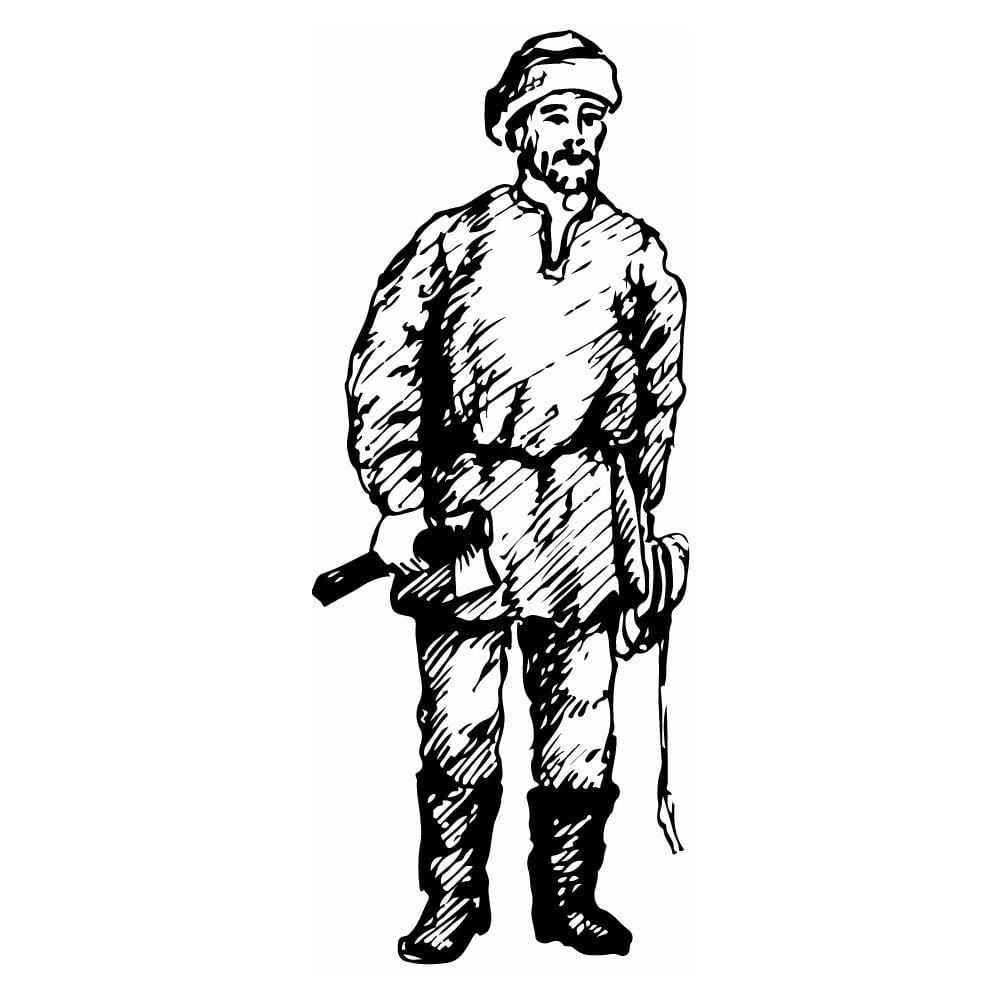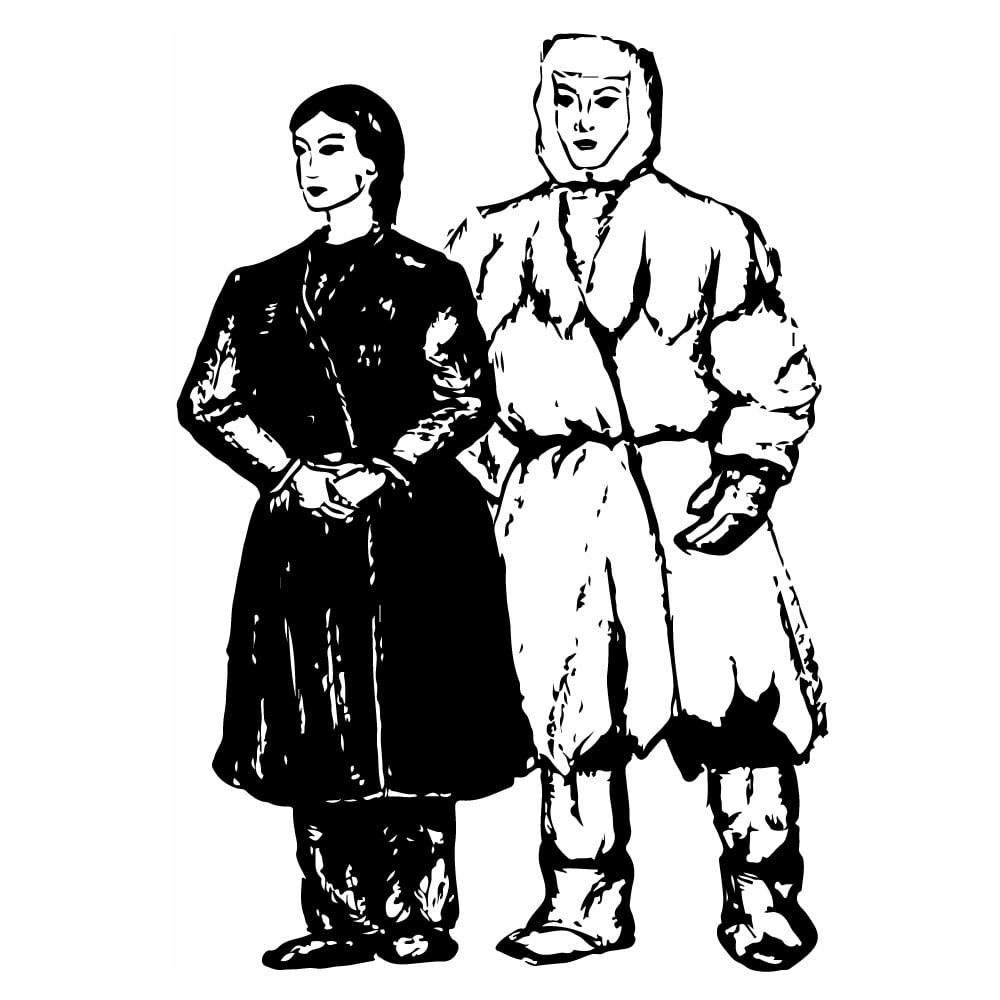Bashkirs
| Population | 1,449,000 |
| Language group | Kypchak Turkic |
| Language | Bashkir |
| Region | The Republic of Bashkirstan, regions of the South Ural, also in Chelyabinsk, Orenburg, Kurgan, Perm, Saratov and Samara regions of the Russian Federation |
| Center | Ufa |
| Religion | Islam/Sunnite |
*Population estimates for 1994
The Bashkirs’ ethnogenesis is extremely complicated. The South Ural and surrounding steppes was the area of its formation. From the early times, the scene of active interaction of different cultures and languages took place. In the first millennium BC began the penetration to the south Ural of the Turkic nomadic tribes, who settled all Bashkiria later. The Turkic tribes supplanted and partly joined the local tribes. They also played the decisive role in language formation, Bashkirs’ culture and their physical face. After the Gold Horde’s end, the Bashkirs found themselves under Kazan, Nogai and Siberia Khanates’ power. In 1552-1557 the Bashkirs joined Moscow State. In 1919 they received the autonomy in the structure of the Russian Federation.
The main occupation of the Bashkirs in the past was nomadic cattle breeding. Also widely spread among the Bashkir was hunting, bee-hunting, and such handicrafts as weaving, felt manufacturing, producing of carpets without pile, embroidery, and leather processing.
In the seventeenth to nineteenth centuries, the Bashkirs turned to agriculture and to a settled way of life. Clothes were sewn from both domestic-woven and imported cloth. Different adornments made from coral, coins, and glass beads were wide spread. Geometrical patterns are typical for Bashkir in stamping on leather, and in minting and incision on metal. Also a simple, geometrical carving was typical for wooden objects.
The national clothing has been preserved partially and are now worn only by the elder people. The youth put traditional national attire on mainly during holidays while singing folk songs and acting in dances.
Bashkirs believers are of the Muslim Sunnites.
This is Ad 1





























